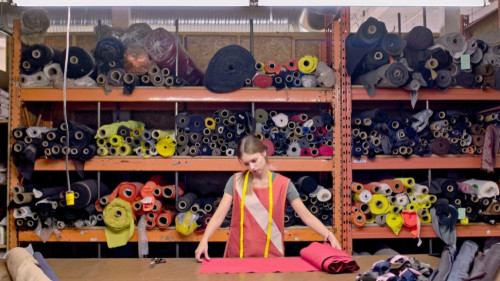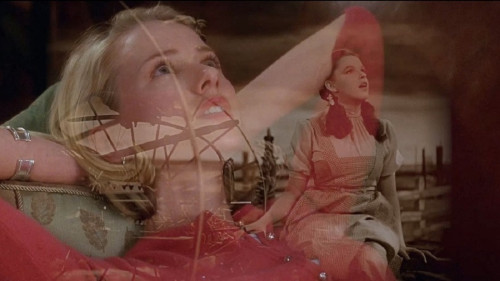Volume 18, Issue 9 / September 2014
Focus on Iran Past and Present
In this issue
-
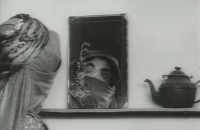
Pictura Poesis: The interplay of poetry, image and ethnography in Forough Farrokhzad’s The House is Black
-
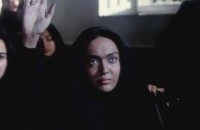
Human Sonata; a short glimpse into life and times of Dariush Mehrjui
-
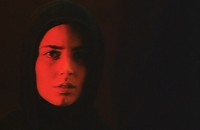
Dariush Mehrjui: A Partial Annotated Filmography
-
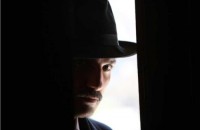
The Crime That Has To Be Tried On The Street
The Films of Masoud Kimiai
-
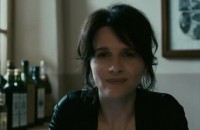
Certified Copy, or “Mirroring Life, Mirroring Art”
-
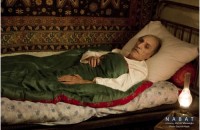
Interview with Fatemeh Motamed Aria on her acting in Nabat
This special issue is focused on both classic and more contemporary Iranian cinema, featuring filmmakers whose career spans the pre and post-Revolution eras. The first essay deals with the oldest, and perhaps most important Iranian film ever made, Forough Farrokhzad The House is Black (1963). First-time Offscreen writer Roxanne Varzi analyzes the short film shot at a Leper colony as a poetic exploration of an ‘ugly’ disease which manages to cleverly juxtapose Farrokhzad’s poetry with stark ethnographic imagery that ultimately weaves a subtle social critique of an equally “sick” Iranian society under the Shah. Najmeh Mahani follows with two companion pieces on one of Iranian cinemas most intellectually stimulating filmmakers, Dariush Mehrjui. Najmeh offers first a critical biography of the filmmaker and then a partial annotated filmography of his post-1990 films. Ramin S. Khanjani offers a detailed attempt to recuperate the late career of a filmmaker who made a string of popular pre-Revolution ‘action’ films, Masoud Kimiai. Khanjani focuses on how Kimiai has negotiated the pressures brought on by his earlier success (by his fans, Iranian film critics, and censorship) to forge an equally worthwhile string of more contemporary films, focusing on Trial on the Street (2009) and The Crime (2011). My own contribution to the issue is a renewed consideration of the nuanced and varied manner of reflexivity offered by Abbas Kiarostami in his first non-Persian language film, Certified Copy (2010). The issue concludes with young Iranian scholars Amir Ganjavie and Hooman Razavi interview with veteran Iranian actress Fatemeh Motamed Aria about her recent work in the Azerbaijani film Nabat directed by Elchin Musaoglu (The 40th Door, 2009). (Donato Totaro, ed.)




